From what age should children specialise in golf or actually any other sport? The answer offered by scientific studies is clear: There is no hurry, just wait. But this is something the majority of parents do not want to hear since they fear that all the “wasted” years will rob their children of potential success. Consequently, the pressure to specialise from already an early age is enormous.
You might have heard about the much-touted theory suggesting that practising any skill for 10,000 hours is sufficient to make you an expert. It is said that only then an amateur can become a champion. Once this rule popularised it began to be universally applied to practically everything.
But the recipe for mastery in any field is much more complex. If this rule really worked, we would be surrounded by many top athletes, scientists or inventors. The blind application of the ‘10,000 hours rule’ does not take into account genetic makeup, coaching, luck, sport opportunities, etc. It focuses only on the drill. And that’s wrong.
Children need to understand and master different movements
According to multiple studies, there is another way that leads to excellent sports results, i.e. general development. Children aged five to twelve who were dedicated to more various sports had a greater chance of succeeding in a specialised sport discipline. Multi-sport participation allowed them to master all kinds of movement.
The English coach and mentor, David Carter, is a proponent of this approach. “Children need a variety of information. Although parents provide children with various educations, in terms of sports they don’t seem to be so open-minded. Musculoskeletal development is crucial and should go hand in hand with the stabilisation of the muscular and skeletal system. Additionally, if children don’t practice a particular movement because it isn’t a part of their sports specialisation, they fail to master it and use it while looking for solutions in different game situations,” says Carter.
According to Carter, thanks to the general development, children can understand the individual types of movement. They will not just blindly copy them, but will be able to reach into their “database” of movements whenever they need a particular movement while playing on the course.
What can happen when specialisation comes too early?
Injury. Specialisation in a single sport accounts for 50% of repetitive strain injuries in children according to pediatric orthopedic specialists. In a study of 1,200 youth athletes, it was found that early specialisation in a single sport is one of the strongest predictors of injury. Children in the study who specialised were 70% to 93% more likely to be injured than children who played multiple sports.
Early end. A study by Ohio State University found that the fact that children specialised early in a single sport led to higher rates of adult physical inactivity. Those who commit to one sport at a young age are often the first to quit. They are at a far greater risk of burnout, decreased motivation and lack of enjoyment.
What are the benefits of multi-sport participation?
Better skills and ability. Research shows that early participation in multiple sports leads to better motor and athletic development, increased motivation and confidence. Children are better able to transfer sports skills from other sports and adapt them to a particular game situation and are not afraid of different types of movements.
Creativity. Multi-sport participation at the youngest age increases sport creativity. Children then become smarter, more creative and decisive players. These are all qualities looked for and welcomed by coaches.
Success. According to US research, 88% of college athletes surveyed participated in more than one sport as a child. Anyway – just read our earlier article about the golf comet, Jordan Spieth.
Specialisation is not an advantage
There are many paths to mastery. In the sports world, it is mainly multi-sport participation. And if you still do not believe, let’s check the following: a 2003 study on professional ice hockey players found that while most professional hockey players had spent 10,000 hours or more involved in sports prior to age 20, only 3,000 of those hours were involved in hockey specific deliberate practice.
Studies also show that children who specialised in a particular sport from an early age, were not much more successful and more advanced than children who reduced their activities to a single sport at the age of thirteen to fifteen. These children who were devoted to general development enjoyed a faster rate of progress and their results were significantly better.
So how to achieve this?
Prior to age 12: 80% of time should be spent on sports other than the chosen sport.
Age 13-15: 50/50 split between a chosen sport and other athletic pursuits.
Age 16+: Even when specialisation becomes very important, 20% of time should still be dedicated to non-specialised sports.

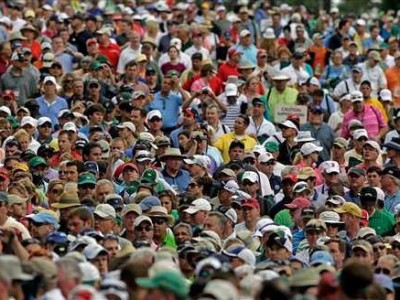

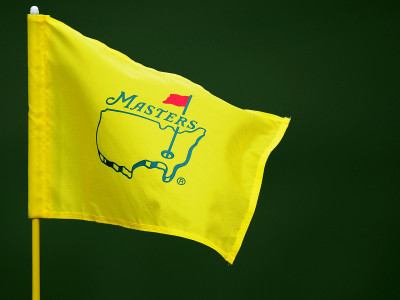
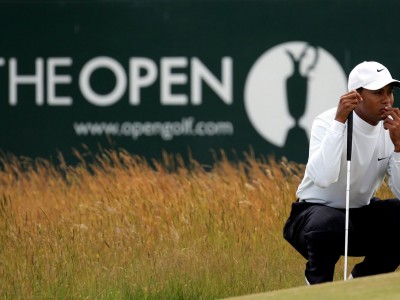


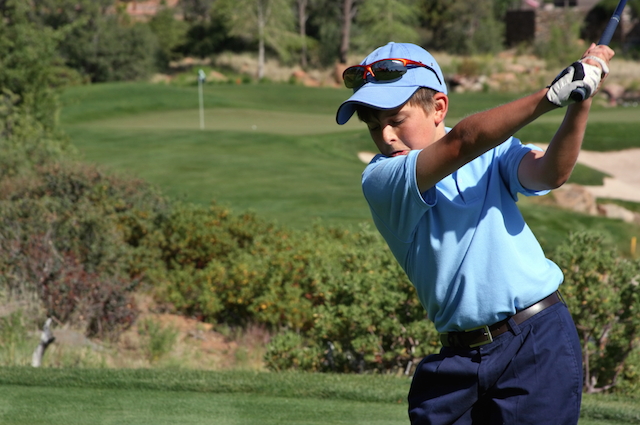
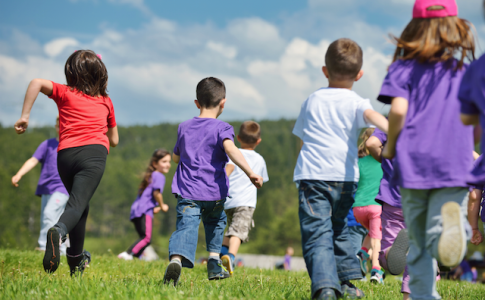
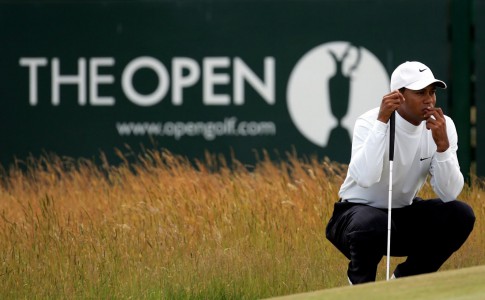
No comments